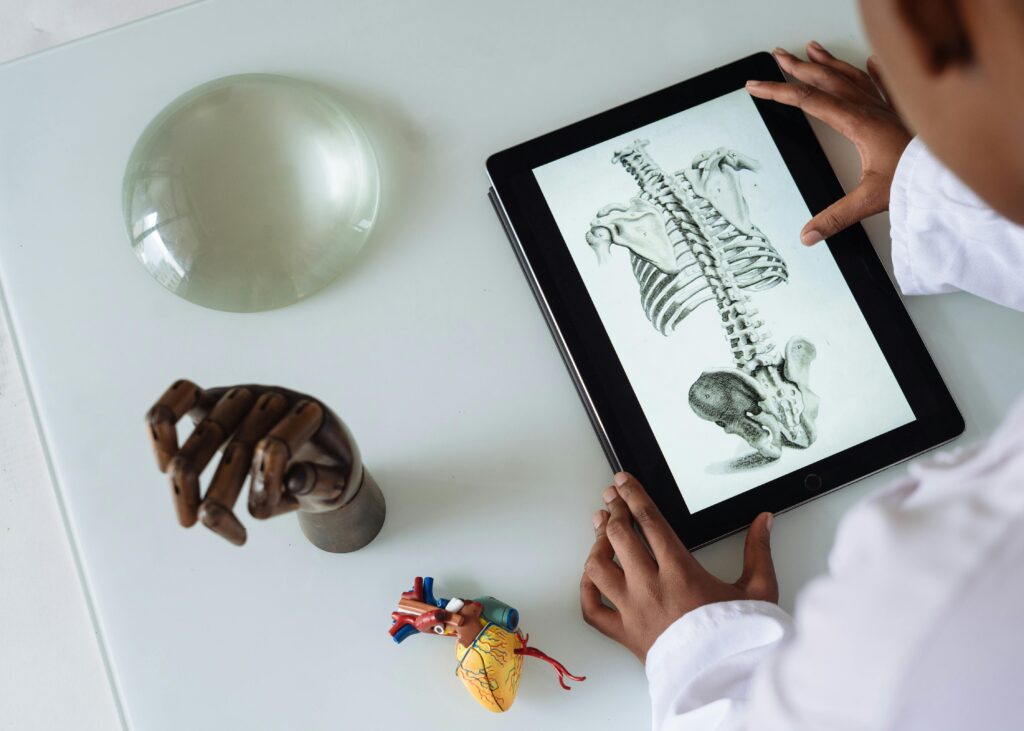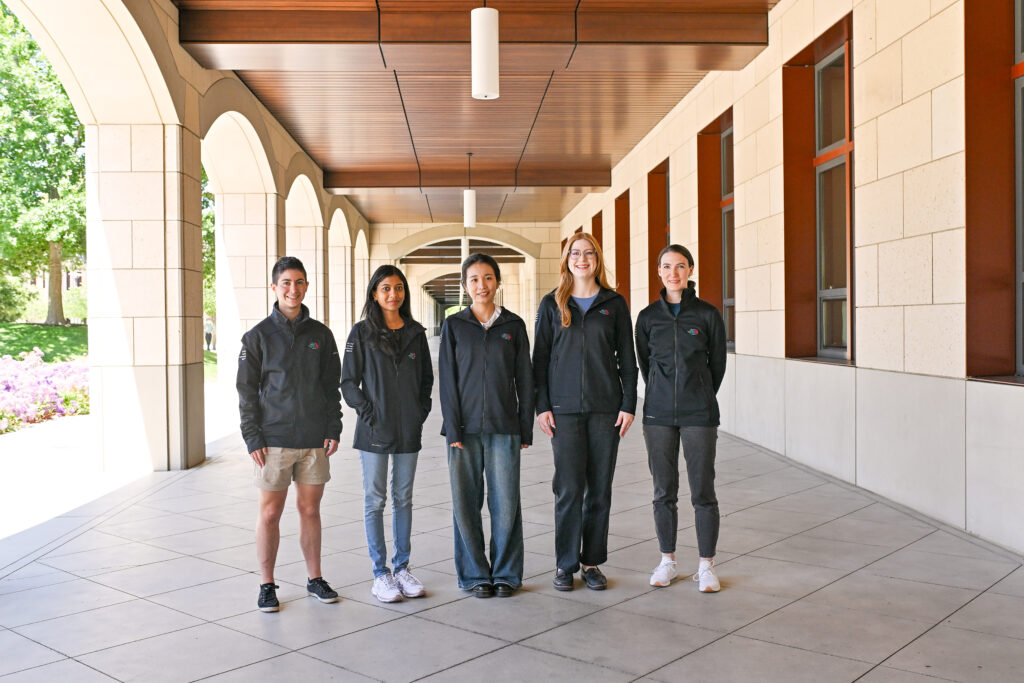Uncovering the pathways that lead to scarring or regeneration
Alliance faculty Michael Longaker and his team have unraveled the biology that determines whether skin tissue will scar or not. Using tools to examine skin in mice at a molecular, cellular, and tissue level, the researchers discovered that pathways underlying scarring were dominated by mechanical signaling, including genes involved in mechanotransduction, a type of communication that involves a molecule physically connecting to a receiver to transmit a signal. On the other hand, regeneration of the skin was characterized by developmental pathways, similar to those found in embryonic skin development. These findings were both motivated and enabled by Longaker and team’s recent discovery of a drug that could induce scar-free healing. This integrative and detailed biological map will help pave the way toward fully regenerative wound healing.
Longaker leads the Alliance’s Regenerative Rehabilitation efforts at Stanford University and is the Co-director of the Stanford Institute for Stem Cell Biology and Regenerative Medicine.
Read the full scientific article in Cell Stem Cell
Latest News

July 5, 2024
Watch: seminars on jet leg and physiological dynamics of recovery

July 1, 2024
Call for applications: 2025 Wu Tsai Performance Clinician Scientist Fellowship

June 26, 2024
Announcing the 2024 graduate and postdoctoral scholars
Get Engaged
We invite faculty, students, staff, alumni, friends, and external organizations to participate in the Wu Tsai Human Performance Alliance at Stanford.
